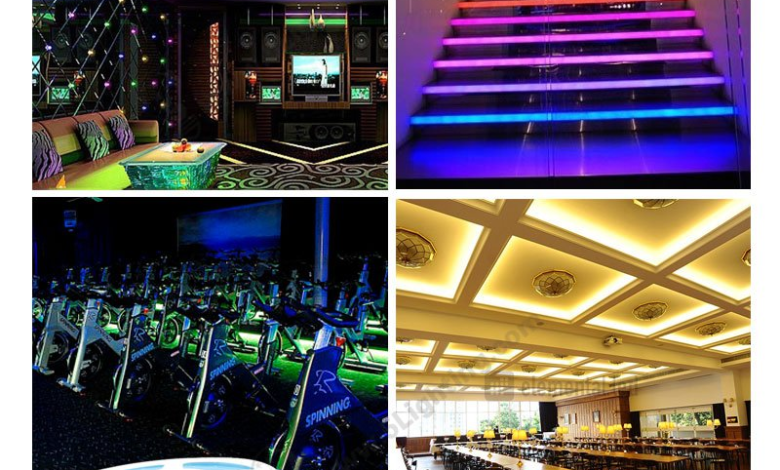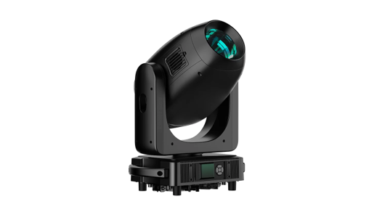LED Strip Buyer’s Guide: What You Need To Know

LED strip lights are a popular product that allows you to create custom lighting in your home. This blog post aims to help you understand the buying guide for LED strip lights.
Buying Guide for LED Strip Lights
Your final choice of LED strip lights should be based on your specific needs and goals. Working with a professional manufacturer and supplier that understands how to accommodate these needs best is the best way to find your LED solution. Make sure you can address needs like:
- Color Rendering Index
The color rendering index (CRI) measures the ability of a light source to reproduce the colors of various objects. It is an important factor in choosing LED strip lights, as it affects the appearance and quality of the light emitted.
The higher the CRI value, the more natural color it can produce. A high-end LED lighting system can have a CRI up to 97, which means better color fidelity and brightness than other lights with lower CRI values.
- Color Temperature
The color temperature of your decorative LED strip light will affect its appearance in different rooms throughout your house or business. For instance: if you want to create an inviting atmosphere for customers at home or work, go for warm white LEDs. Opt for cooler whites if you want something more exciting to add ambiance to parties or relax on weekends (or both). Finally, choose blue-white LEDs if you want to add some futuristic vibes to your decorating scheme. The possibilities are only limited by the color variety offered by the products you consider.
- Compare Lumen, CCT, & CRI
You should also be aware of your LED strip’s color temperature compared to the CRI and CCT. The CCT (correlated color temperature) refers to the “warmth” or “coolness” of a light, which is measured in Kelvin (K). A lower CCT will make the light appear warmer, while a higher one will look bluer. The higher the lumen output is at a given wattage and CRI/color temperature, the brighter your product will be.
- Compare LED Strip Size and the Number of LEDs on the Strip
The length, width, and thickness of each different type of LED strip are important to consider. For example, if you are trying to fit a certain amount of LEDs into an area with a limited amount of space (such as under cabinets or behind fixtures), make sure that the size of your chosen LED strip matches those dimensions before purchasing.
- Wattage Consumed Per Strip of LEDs
A set of LED lights will use more power than a single string or tape but can illuminate large areas in your home or office space since they are spread out over a site rather than located at intervals along one fixture or line.
The total wattage you need to look out for here is consumed by all the strips, plus any additional overhead like transformers and power supplies.
- Verifiable Quality
The manufacturer should verify the quality of the LED strip. This can be with certificates, datasheets, or even photographs that show you an example of the quality control process. For example, if you can see a picture of the testing facility and certification from a third party, the strips have been tested for safety and performance standards and have passed.
Conclusion
In the end, if you are looking for perfect led strip lights for your needs, Refond can provide all the guidance necessary to transform your next lighting need into an incredible outcome. Schedule a call with our professional team, or feel free to browse our many LED products. We look forward to helping you find a quality solution.




